As we prepare for UT to enter the SEC Conference this summer, I thought it would be fun to do a look back at the different conferences in which UT participated and share some photos of great athletes and artifacts as a sort of show and tell. Of course, The University of Texas has a deep and storied history in athletics, so there is a plethora of content within the Stark walls. From the time that the University of Texas was established in 1883, students have enjoyed participating in athletics on campus. They formed teams and scrimmaged against each other. Over time, UT athletes grew tired of scrimmaging amongst themselves and sought competition with nearby colleges and community teams. The spirit of competition soon produced rivalries, many of which grew beyond control, proving the need for legislation and organized play.
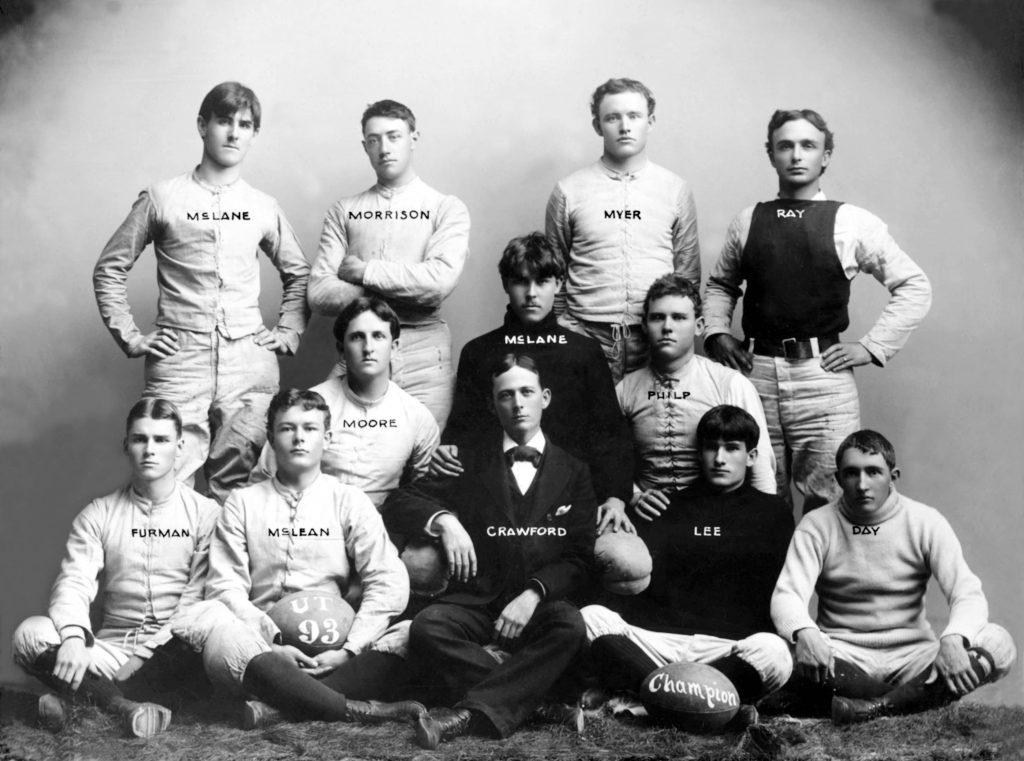
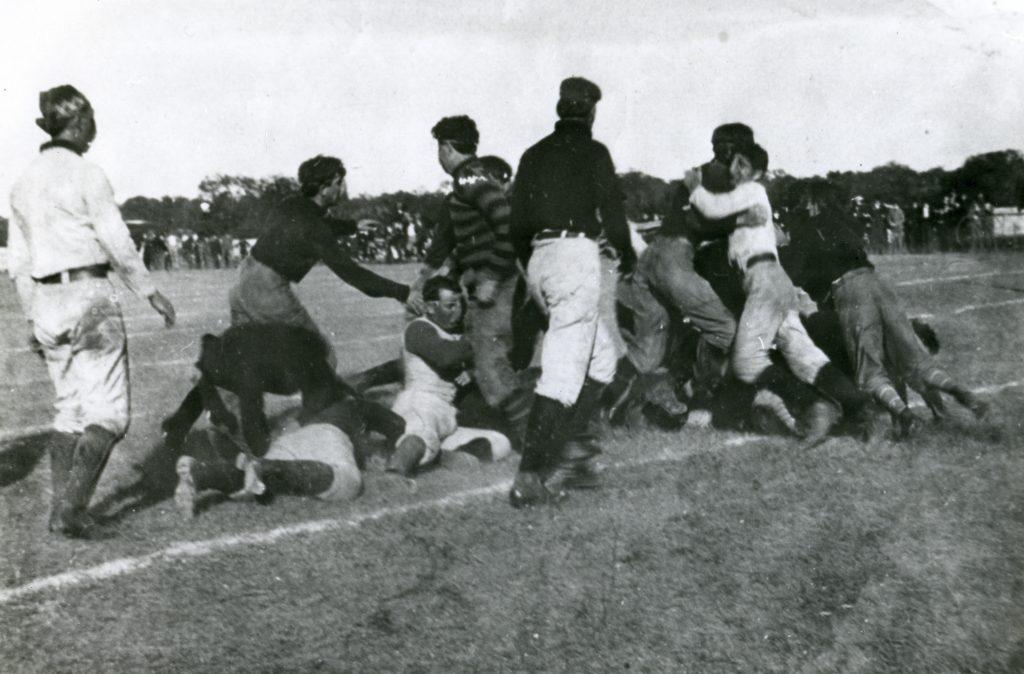
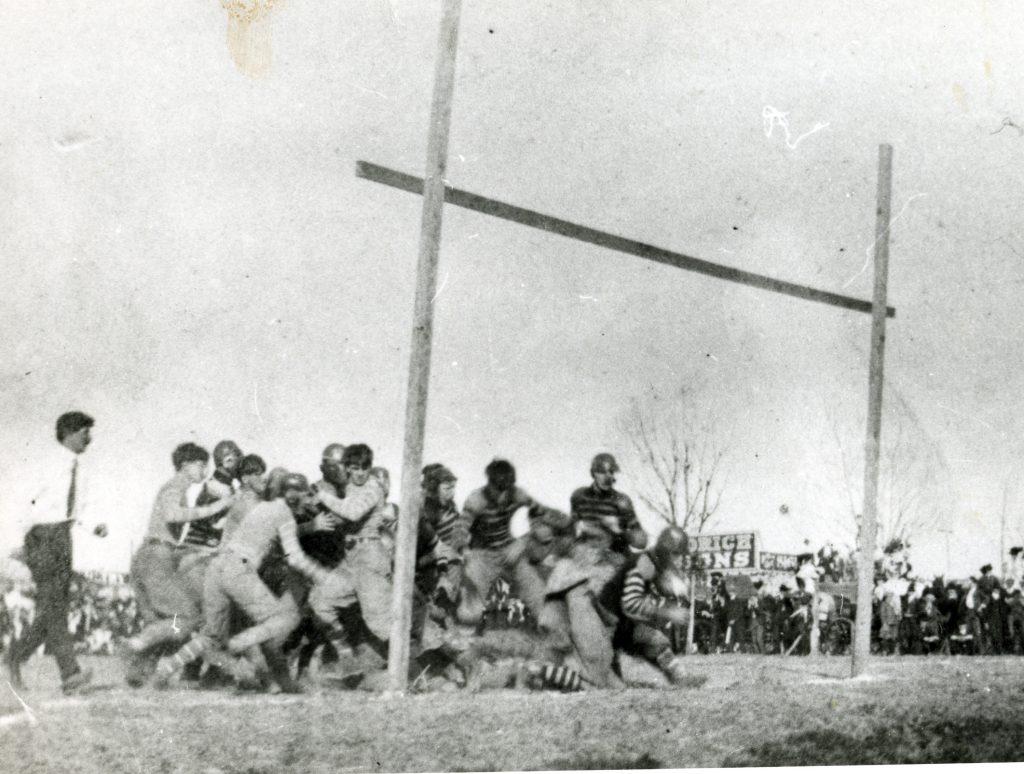
There were some governing bodies that were organized prior to the establishment of The University of Texas in 1883, such as the Rowing Association of America in 1870 by a group of Eastern colleges, and the Intercollegiate Association of Amateur Athletes of America in 1875. However, the first record of intercollegiate athletic competition in Texas was noted about 1893 or 1894. The earliest competitors were: Texas A&M, Austin College, Baylor University, TCU, and the University of Texas. There were no rules for eligibility and the athletic programs were largely unorganized. Managers or teachers often competed on the same teams they coached. F. Homer Curtiss, Physical Director at UT proposed an idea that a Southwest Athletic Association be formed among the larger institutions in this part of the country, but the idea lay dormant until 1914. However, during this time, several exceptional athletes gained notoriety, like “Tex Ramsdell,” who was a three-sport athlete in football, basketball, and track, in which he shattered records (stay tuned on Tex Ramsdell and his siblings which will be featured in a future blog).
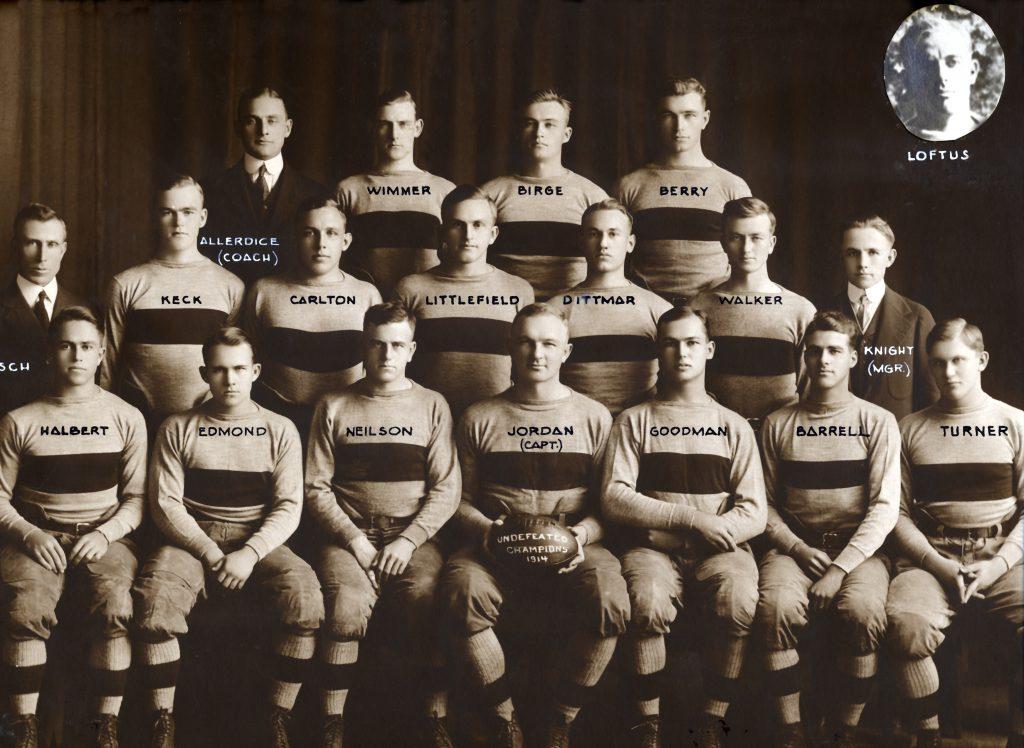
The first recognized conference in the state was the Texas Intercollegiate Athletic Association founded in 1909 which used many of the rules of governance from other organizations, like the Rowing Association of America, the IAAAA, and the NCAA which was founded in 1905. The membership of the TIAA included: Texas A&M, Austin College, Baylor University, Daniel Baker College, Rice Institute, Simmons College, Southwestern University, TCU, Trinity University, and The University of Texas. Both UT and Texas A&M dominated the athletic competition from 1909 to 1915, with each football team capturing three undefeated conference titles, and Texas completing a perfect season in 1914 and declared the National Champion.
By 1914, it was apparent that a change needed to take place. L. Theo Bellmont, the Athletic Director for the University of Texas and W. T. Mather, a faculty member, began corresponding with faculty groups of larger institutions in the Southwest. As a result, the representatives of the eight major colleges in the Southwest attended a meeting to establish what was originally the Southwest Intercollegiate Athletic Conference. Member schools included: Baylor, Oklahoma, Southwestern, Oklahoma A&M (OSU), Texas A&M, Arkansas, Rice University, and The University of Texas. Bellmont wanted Mississippi and LSU to join but they declined. The original rules stipulated that a participant would only be allowed to compete in a varsity sport for three years and that they could not be a graduate of any college of standard rank, which eliminated the previous era where alums would come back to campus to fill out the rosters. By 1925, the conference name had been shortened to the Southwest Conference and several schools had dropped out or had joined.
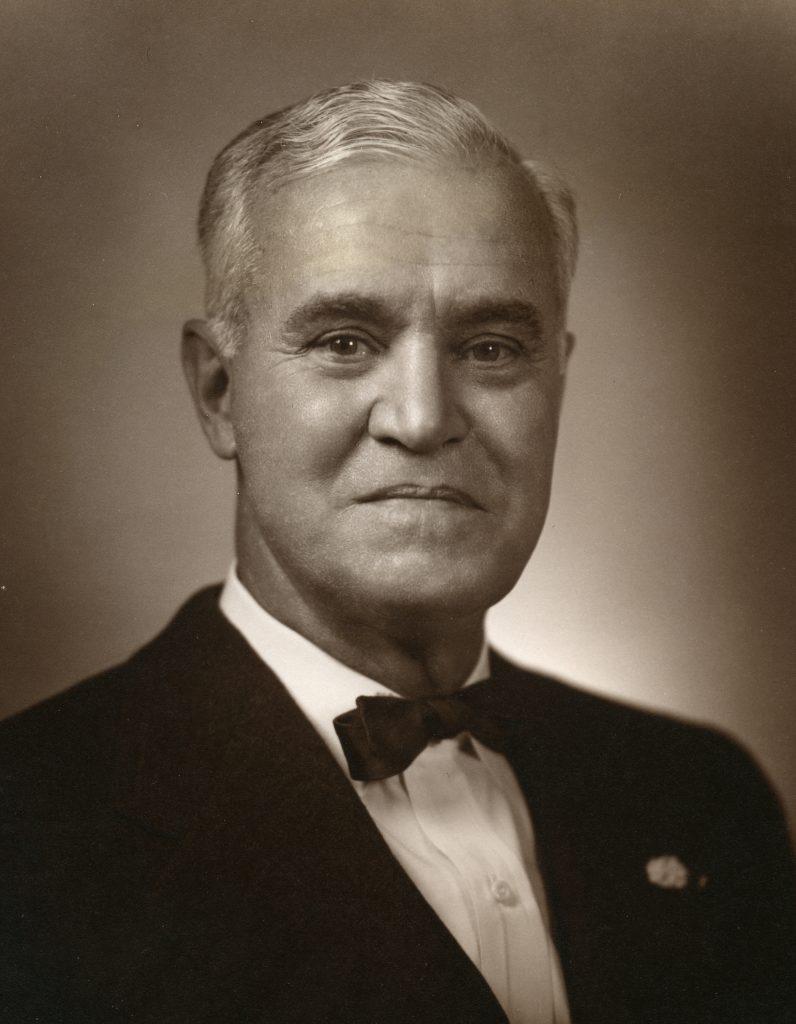
The Southwest Conference thrived for many decades and produced multitudes of phenomenal teams and athletes, winning 62 national championships in fifteen sports. The SWC awarded its first championship in 1915 when Texas edged out Rice in Men’s Basketball for the title. Women’s competition in basketball received the SWC sanction for the 1982-’83 season and Texas won that first SWC championship. The University of Texas contributed to this vast pool of talent with several standout teams that won SWC championships and national championships, as well as athletes that went on to become national individual champions, Olympic athletes, and professional athletes.
The Southwest Conference was founded on Theo Bellmont’s high ideals of academic and athletic standards and while these standards were its hallmark throughout most of the conference’s eighty-year history, integrity issues in recruiting contributed to its demise. The University of Texas, Texas A&M, Baylor, and Texas Tech joined the eight charter members of the Big 8 Conference, forming the new Big 12 Conference and play started in 1996. The Big 12 Conference boasts 87 National Team Championships in 20 sports, along with 759 Individual NCAA Champions from 15 different sports. The Longhorns lead the pack with 66 National Championships between 1996-2024.
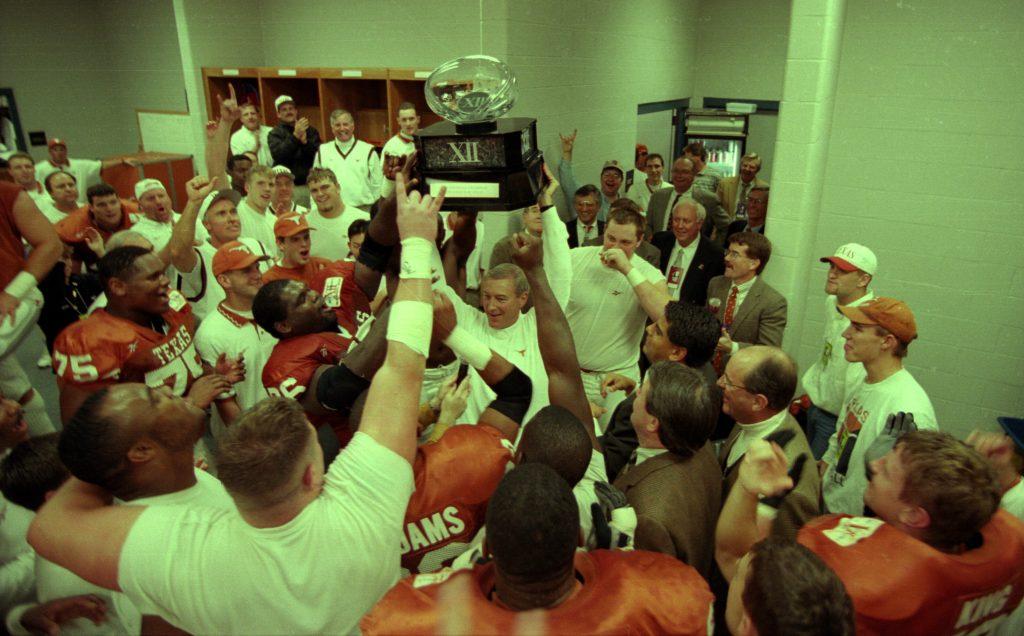 First Big 12 Championship in 1996 UT Football
First Big 12 Championship in 1996 UT Football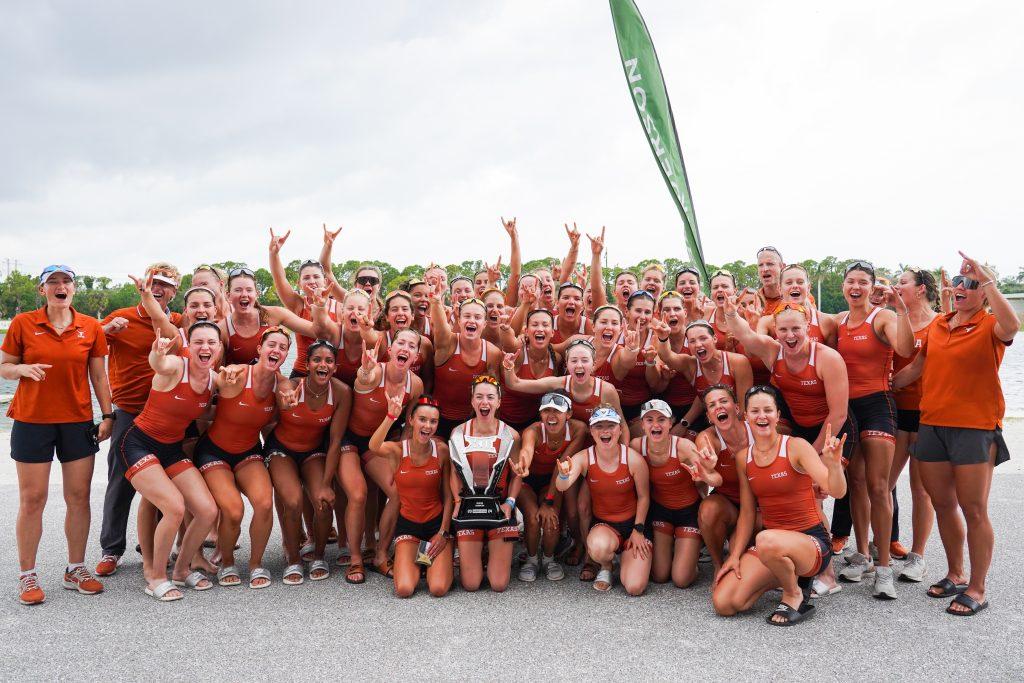 Last Big 12 Championship 2024 Women’s Rowing
Last Big 12 Championship 2024 Women’s Rowing
After enjoying long term relationships in both the SWC and the Big 12, the Longhorns now set our sights on the SEC Conference. UT will join the SEC Conference that will now include 16 schools: Florida, South Carolina, Georgia, Tennessee, Vanderbilt, Kentucky, Missouri, Auburn, Alabama, Mississippi State, Ole Miss, LSU, Arkansas, Texas A&M, Oklahoma, and Texas. Texas has some wonderful rivalries with many of the SEC schools that are rooted back to before the turn of the 20th century and, in particular, we will rejoin Texas A&M in conference play and revive the Thanksgiving Day games of years past.
There will be a huge shindig here on the University of Texas campus on June 30th, 2024, when we officially announce our entry into the SEC Conference. The move into the SEC marks a significant shift in the landscape of college athletics. The decision to join the SEC was driven by the desire to compete against some of the nation’s top athletic programs in one of the premier powerhouse conferences in the country with the opportunity to enhance recruiting opportunities and financial benefits. There will be much fanfare on the South Mall leading up to the tower, with several interactive areas with exciting displays, as well as a Bevo Parade, live music, and fireworks for Longhorn fans of all ages to experience for FREE (even free parking!!). Here at the Stark Center, conveniently located in the North End Zone at Gate 16 on the 5th floor, we will be open for free to the public from 1pm – 5pm. Come one, come all to celebrate UT’s entry into the SEC!
Special thanks to Harold Stanley Gilbert’s May 1949 Thesis, An Historical Study of the Southwest Athletic Conference 1914-1948 & UT Athletics Photo Collection


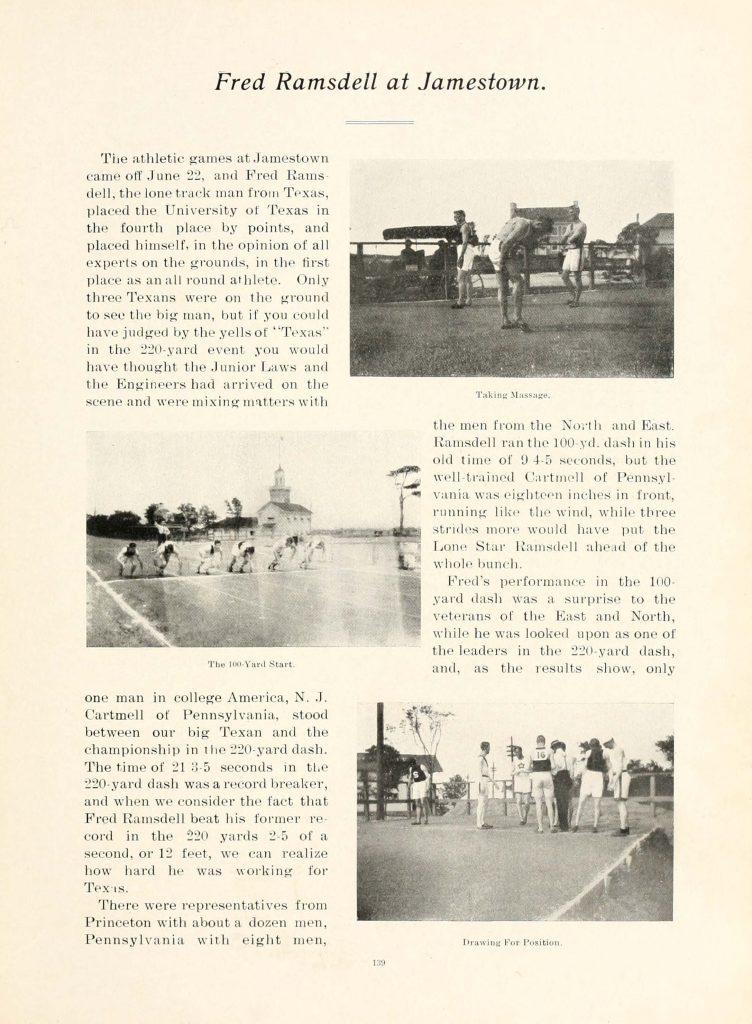
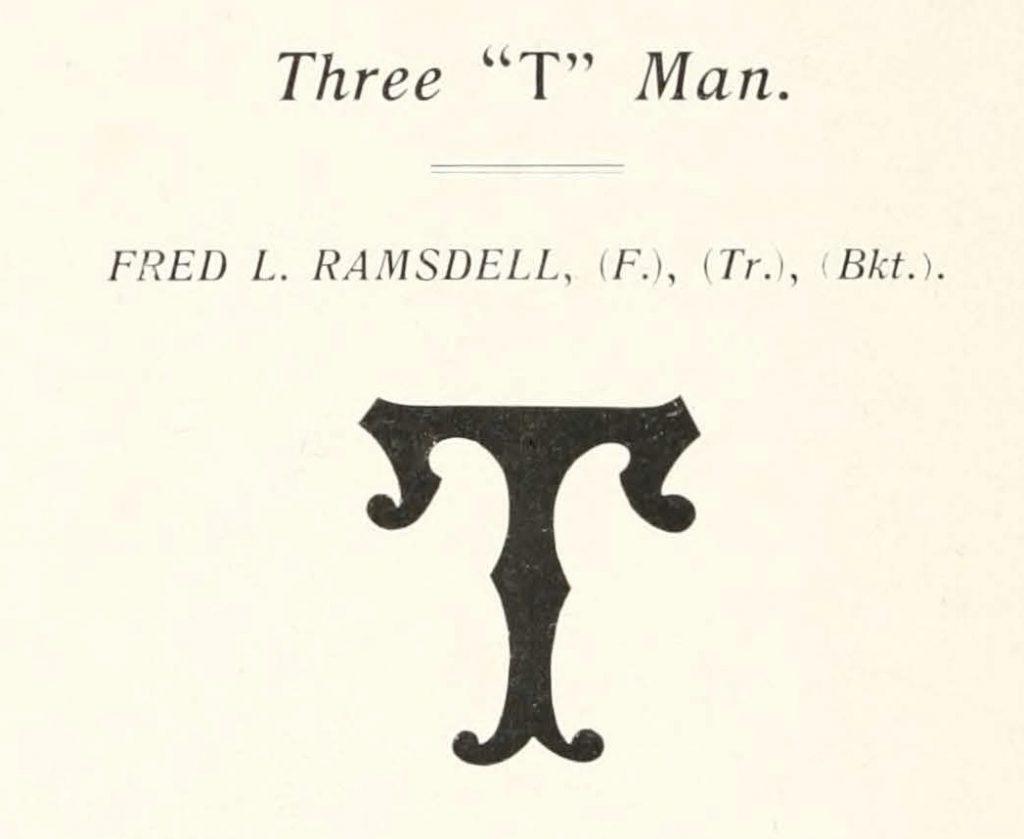
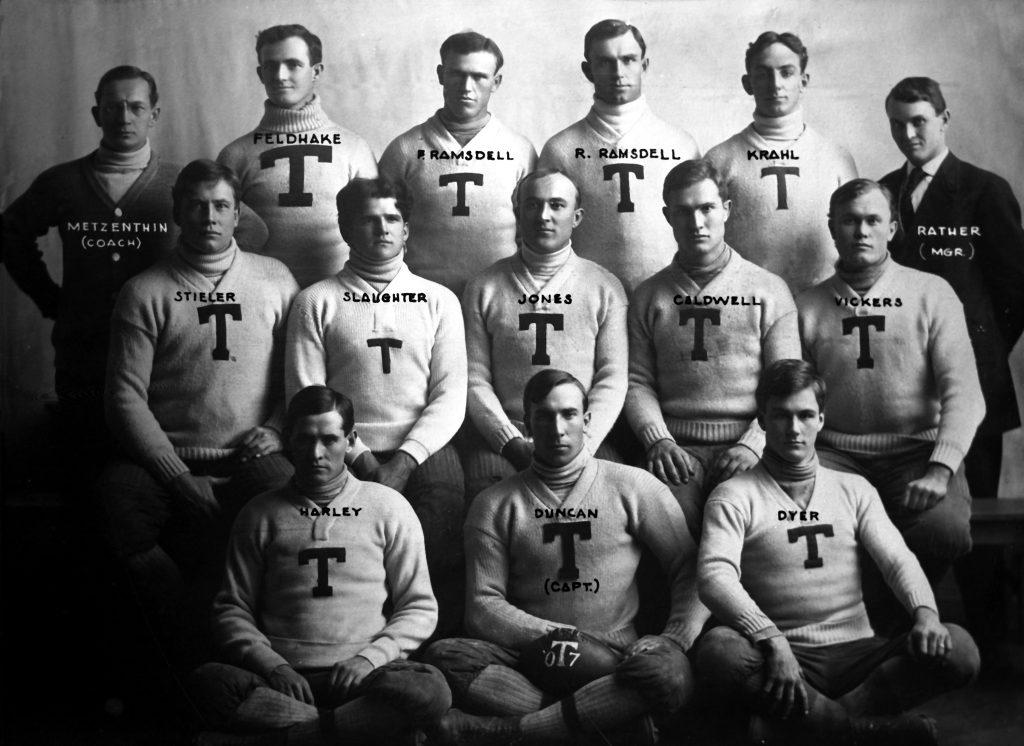
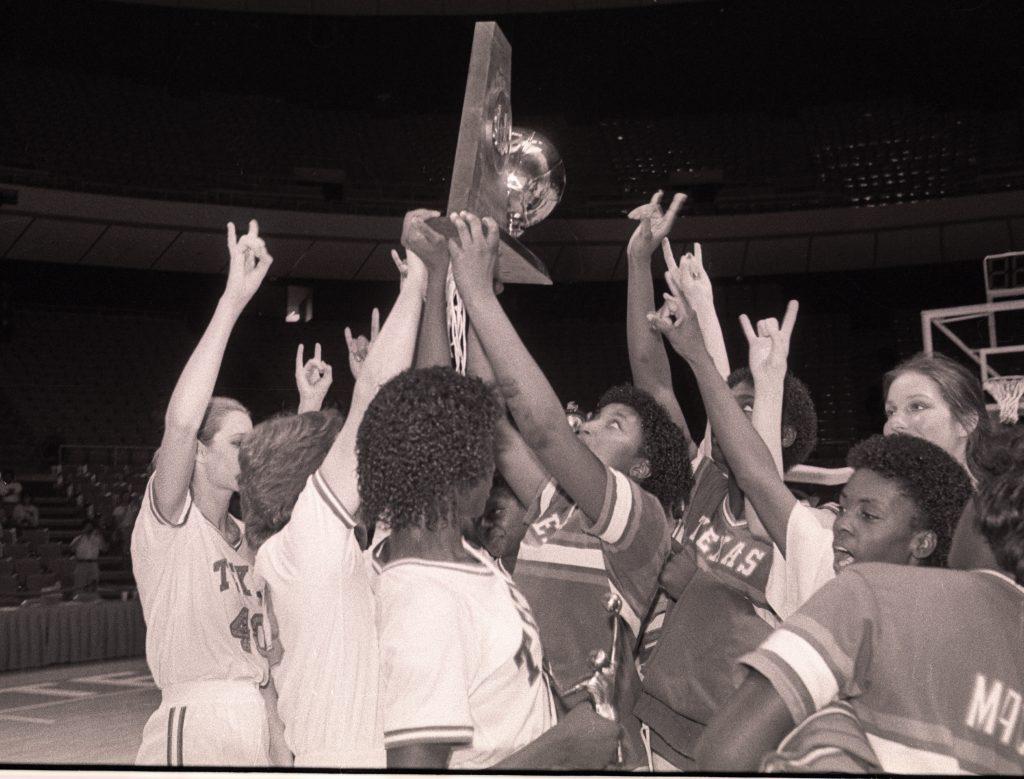
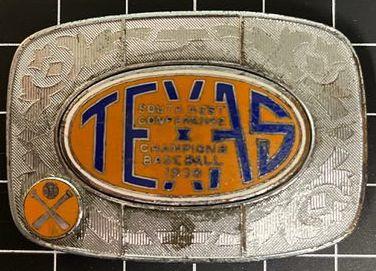
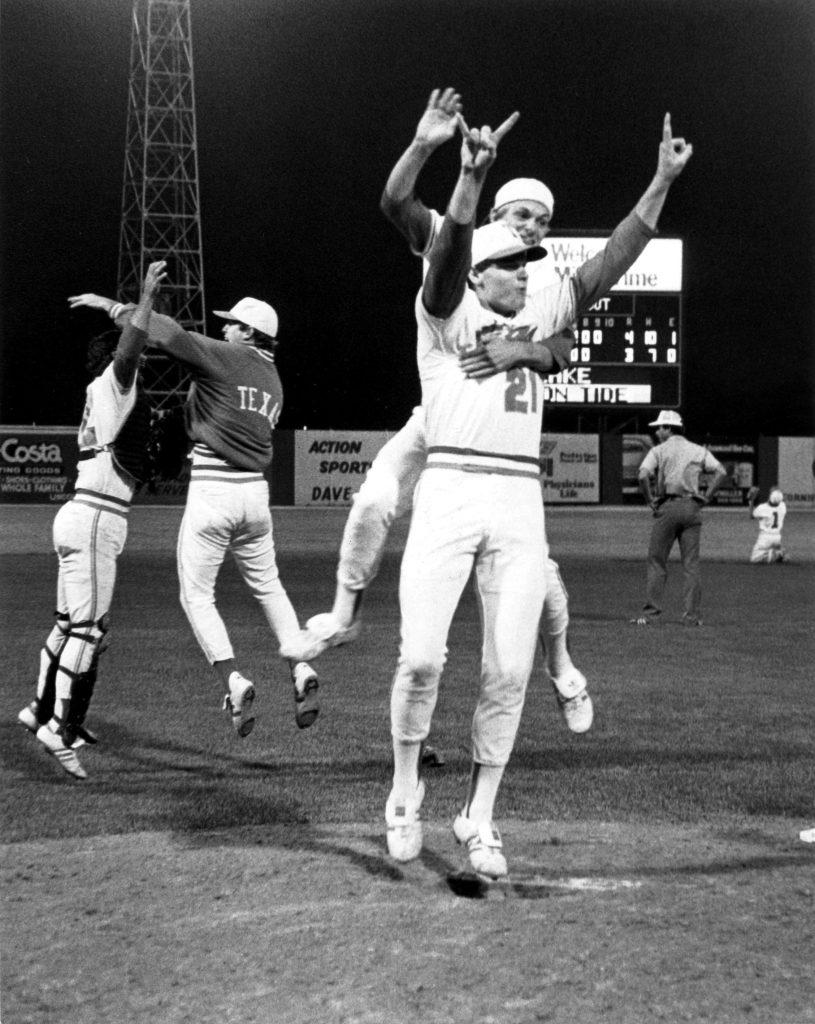
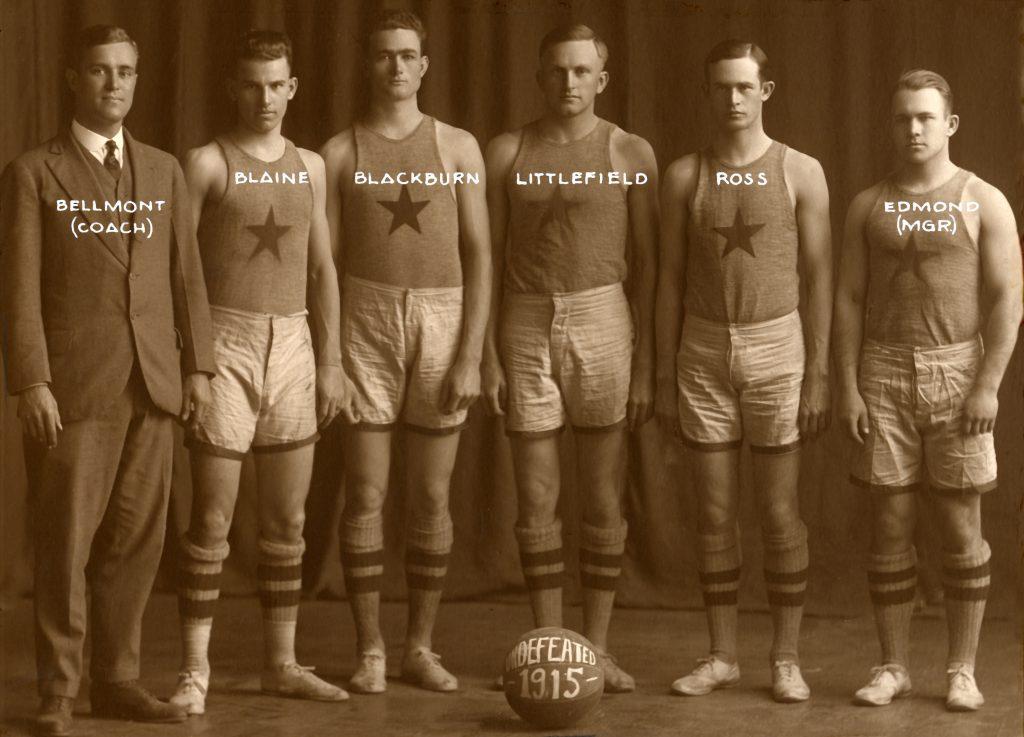
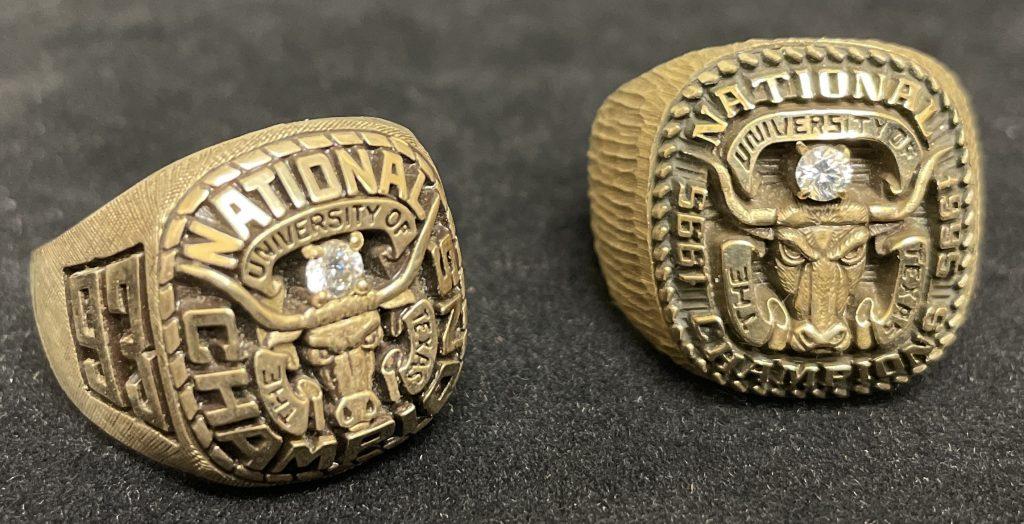
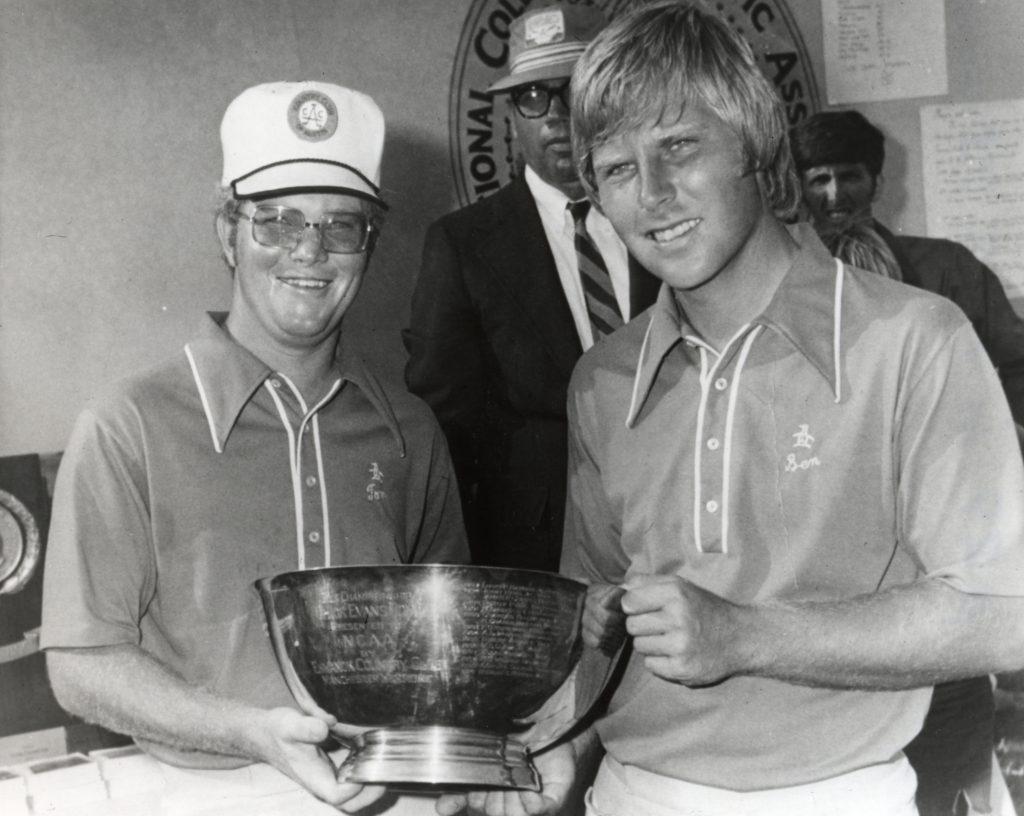
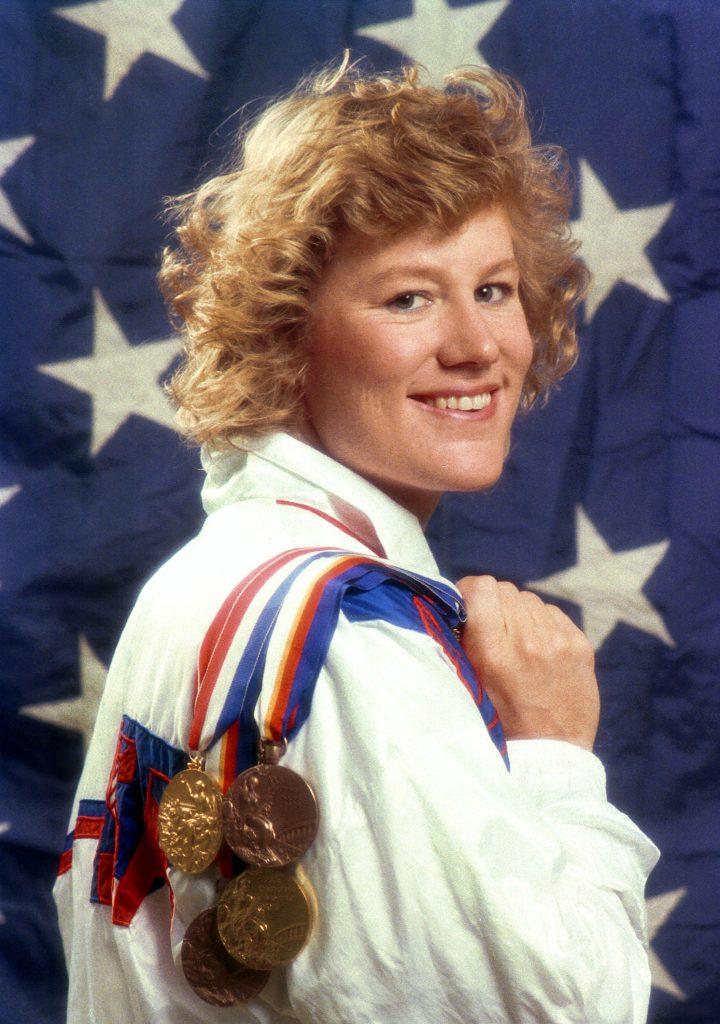
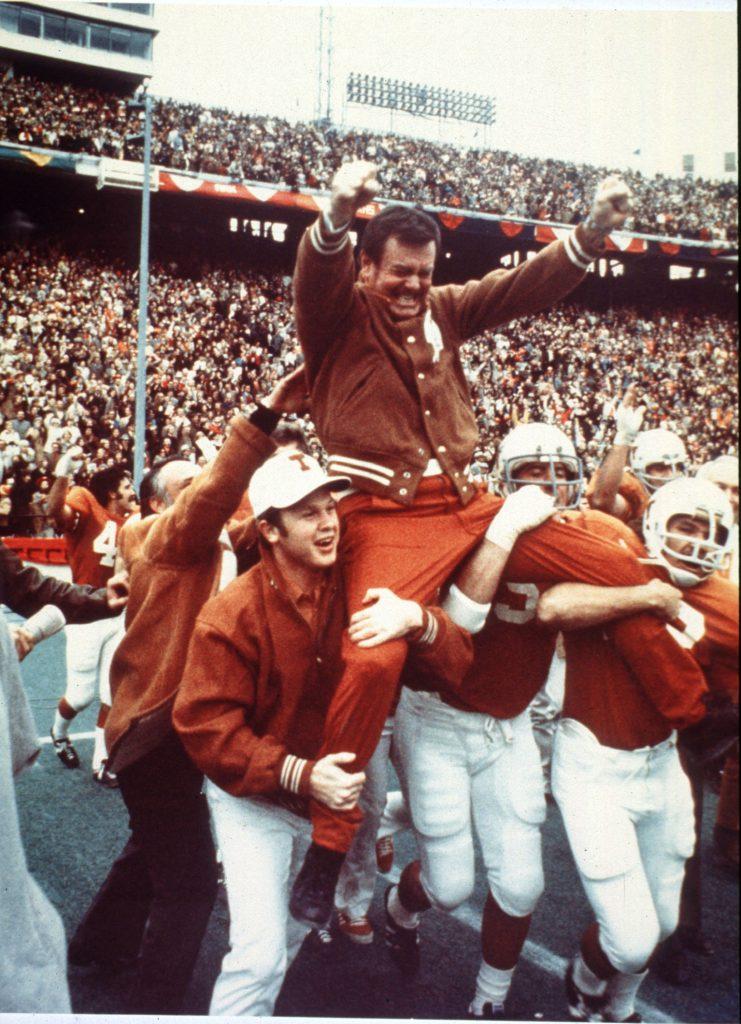
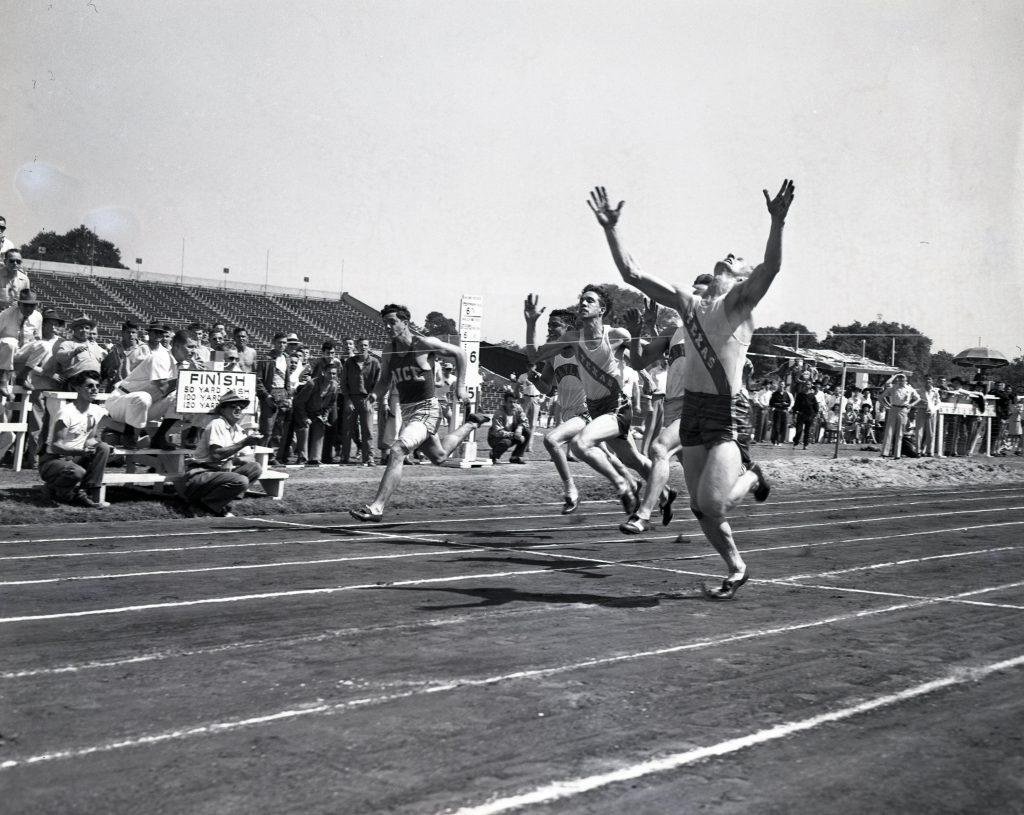
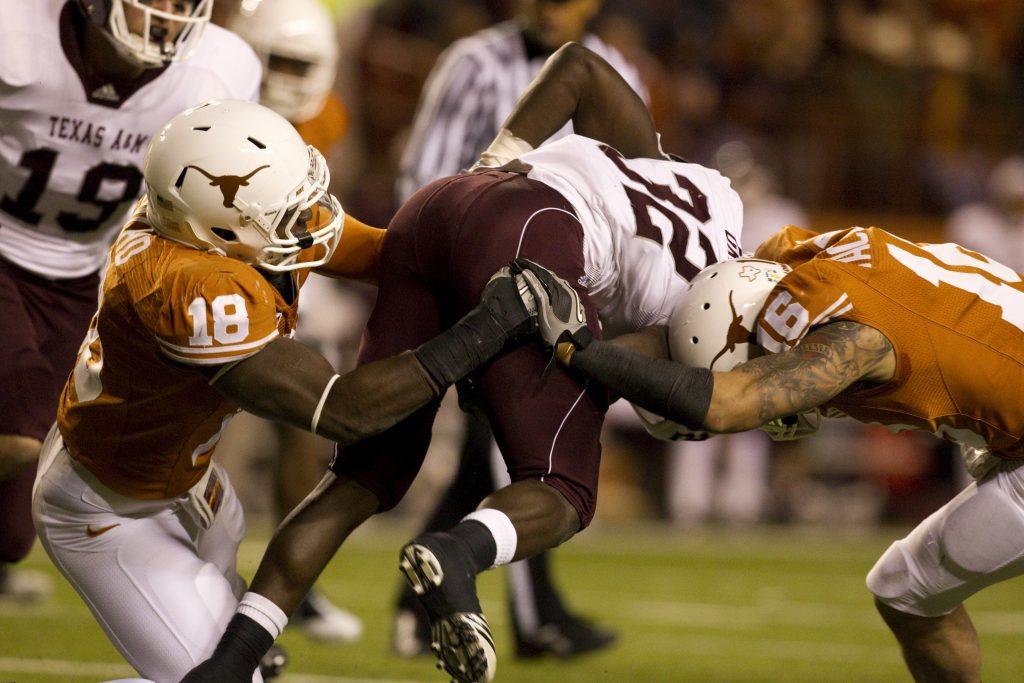
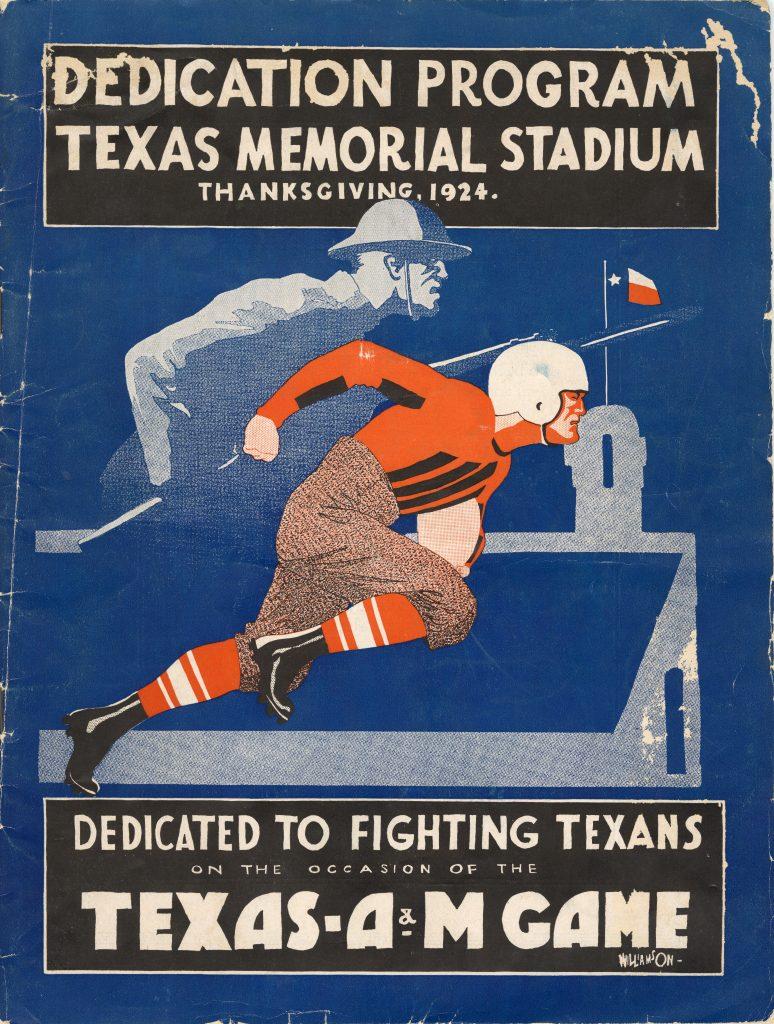
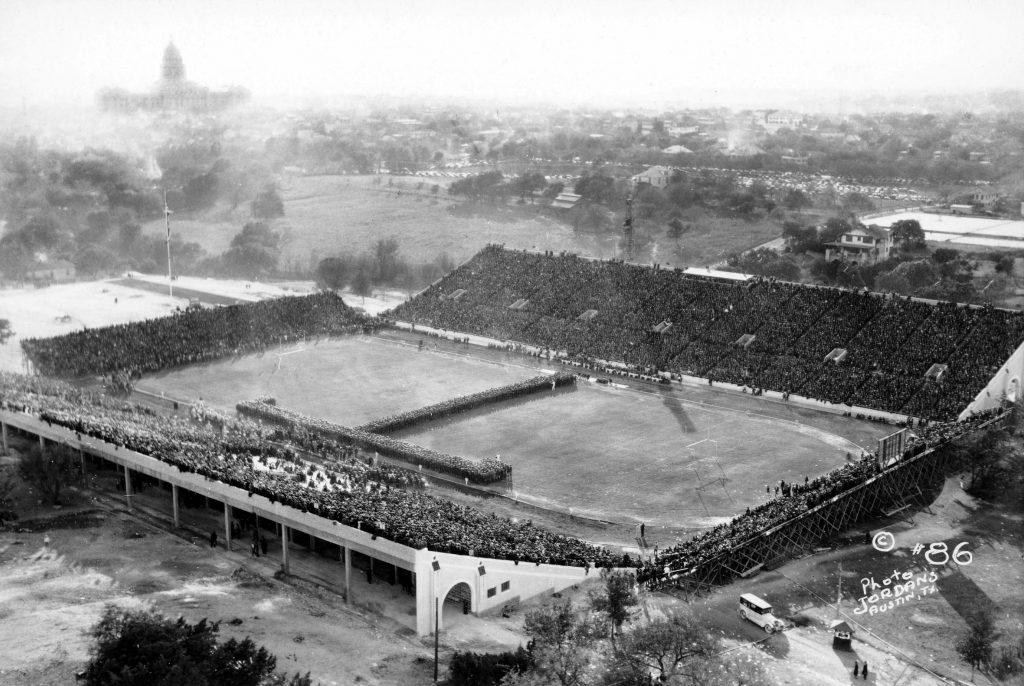
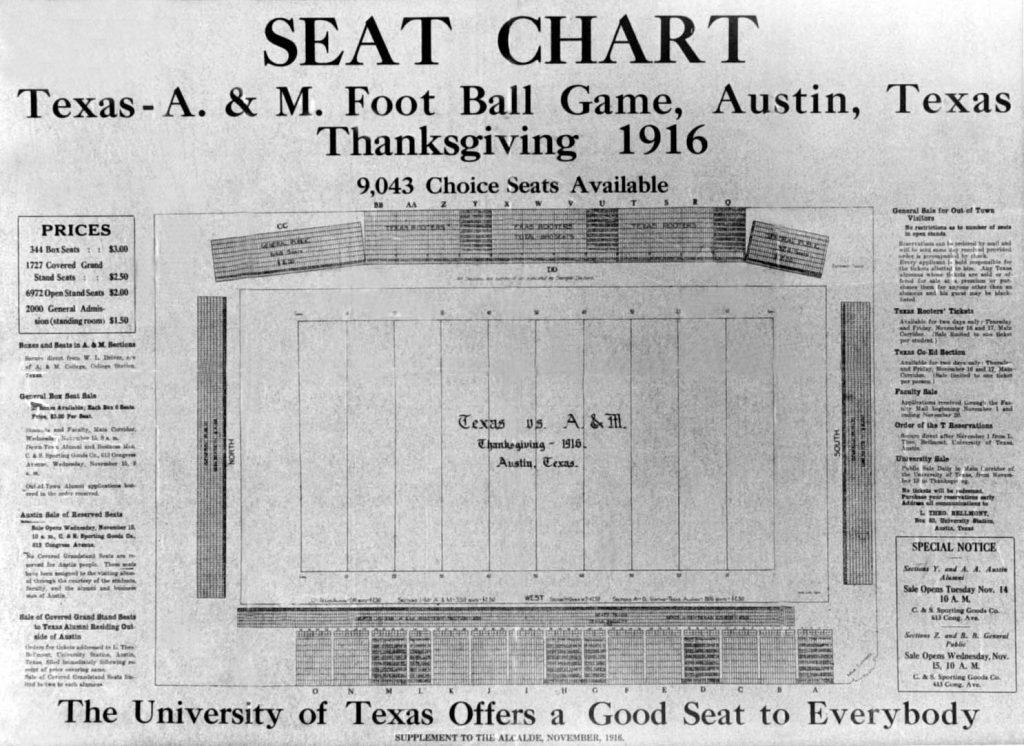

Leave a Reply